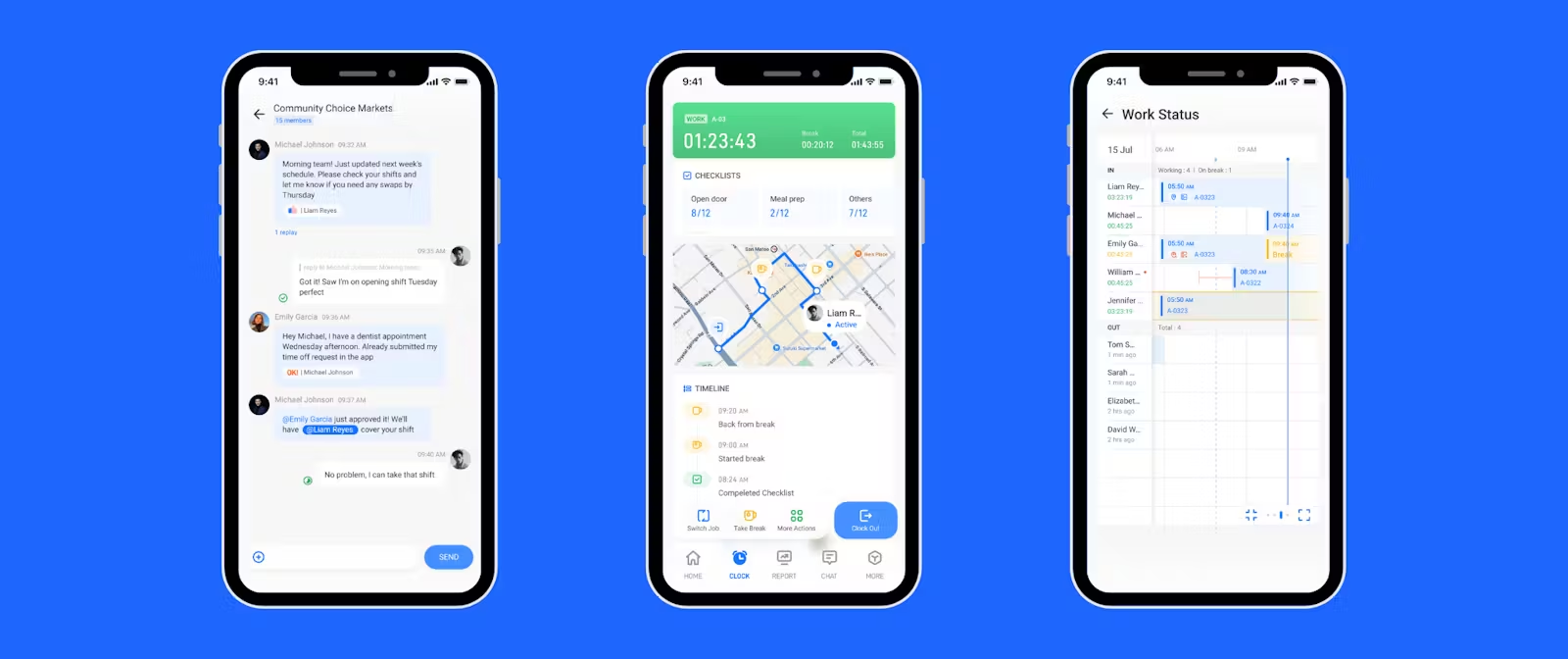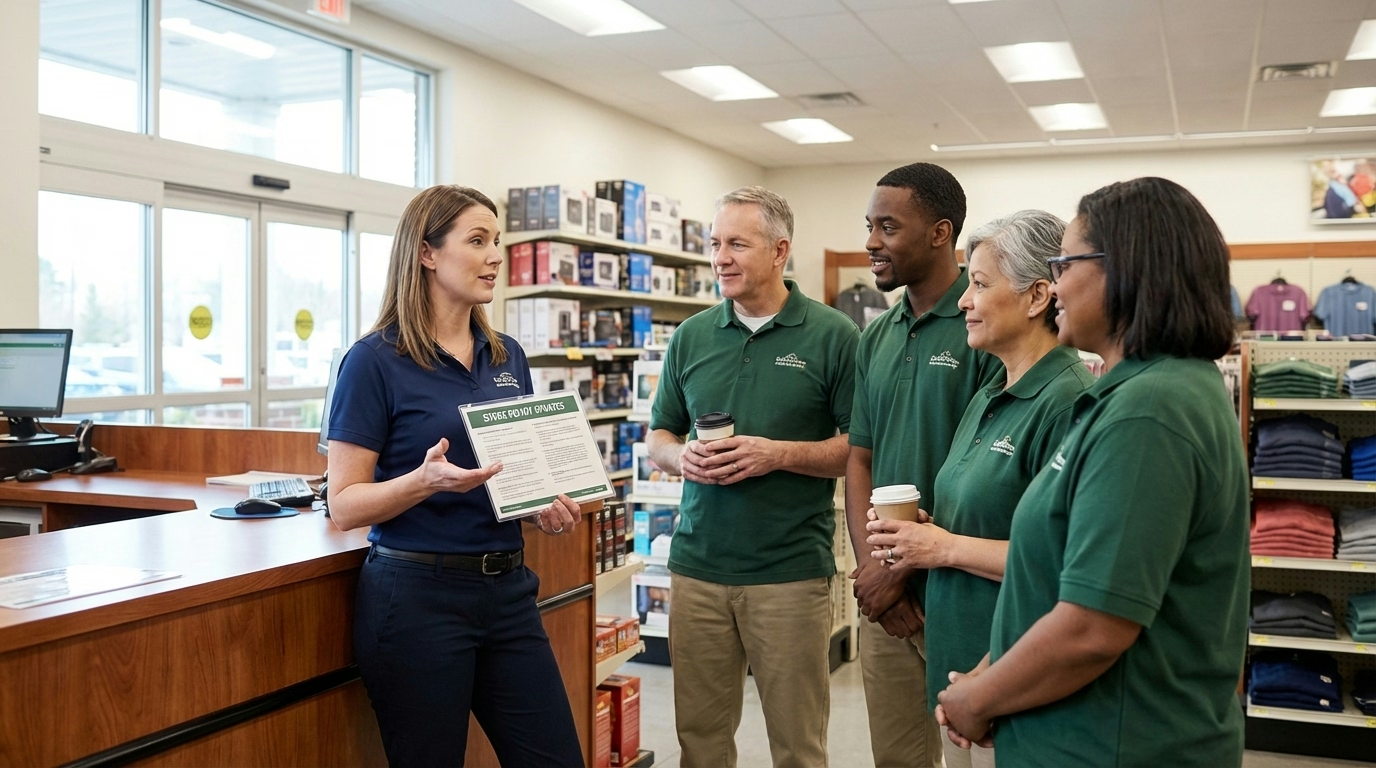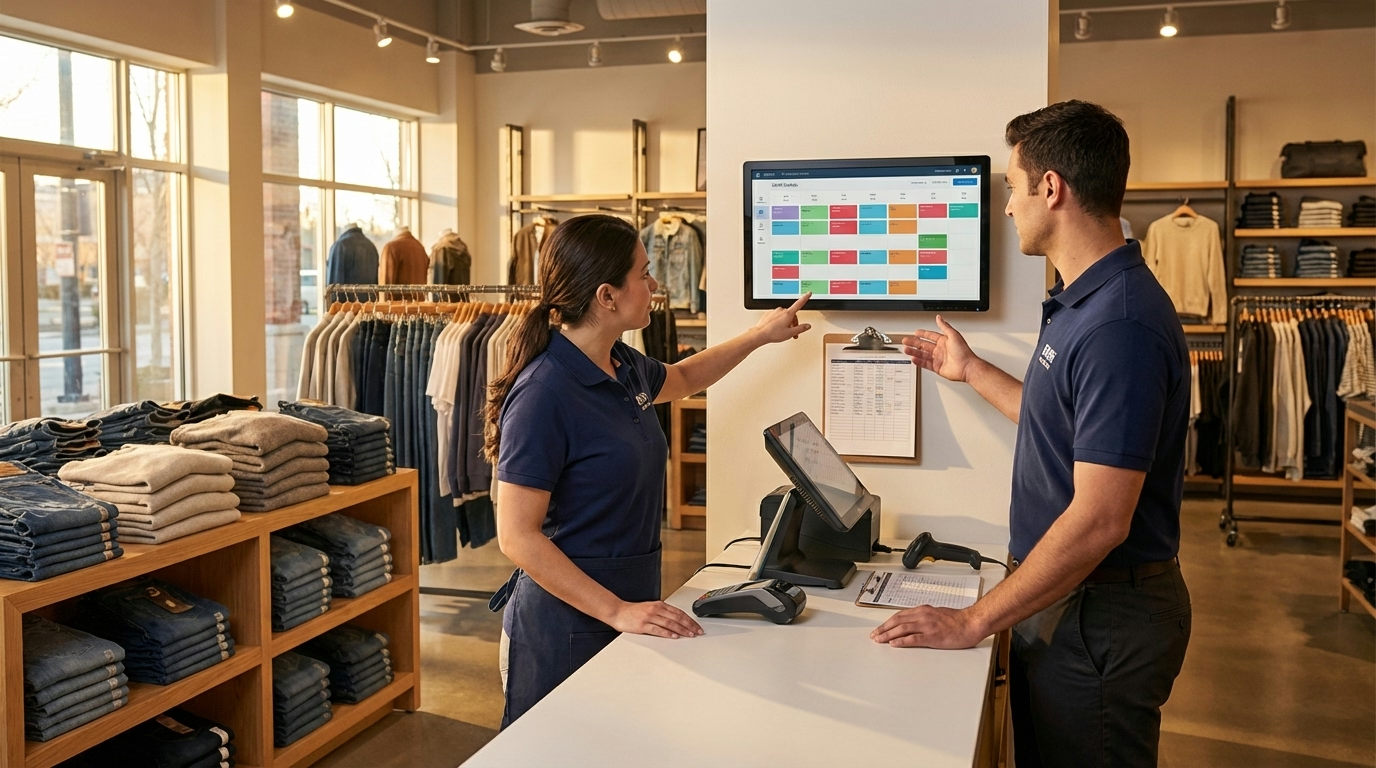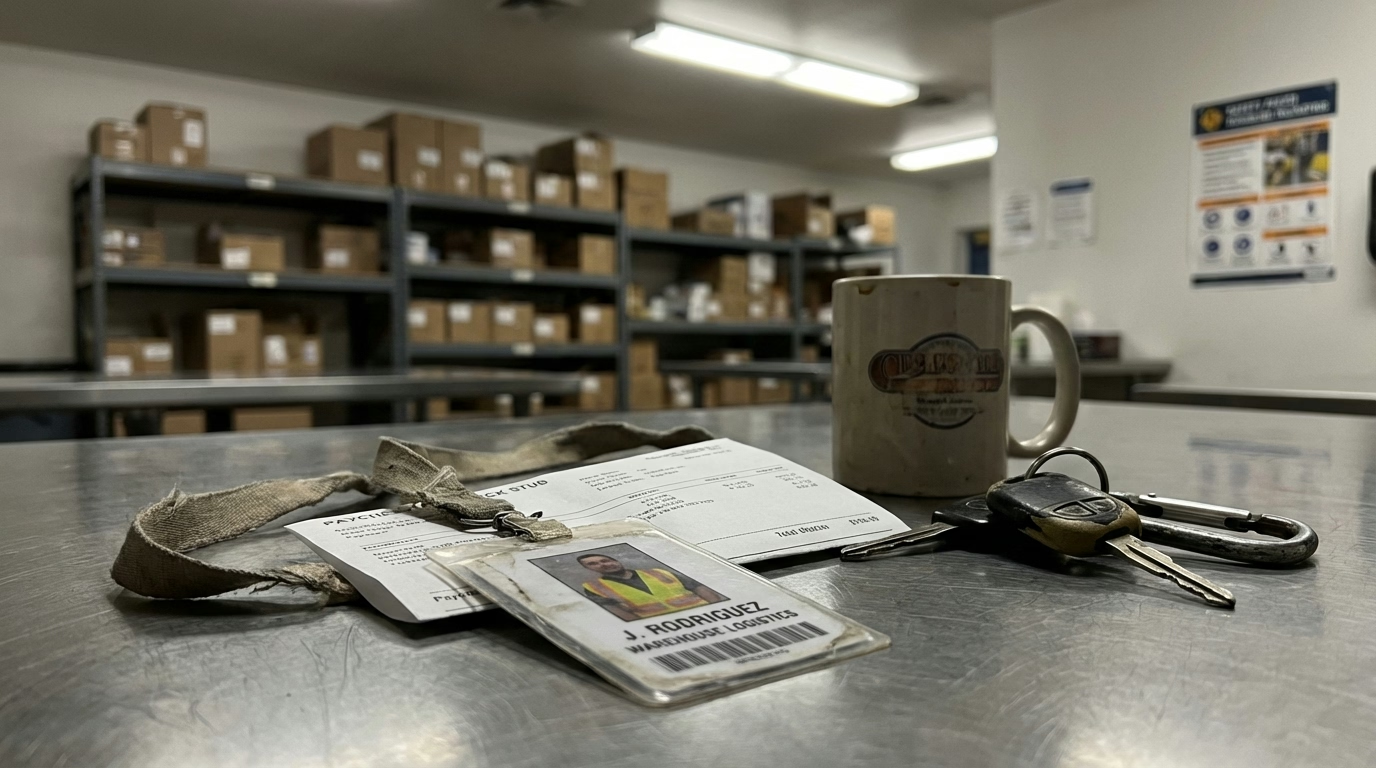Integration Story: Modern chat inside ShiftFlow that crews actually use
Your team juggles WhatsApp, texts, and a clunky scheduling app. We built chat that lives where the work happens.

Most chat tools bundled with time tracking apps feel dated and slow. We designed ShiftFlow chat to feel the opposite: fast, clear, and mobile-first. Conversations live alongside shifts, requests, and timesheets.
Originally featured on Stream’s blog.
At a Glance
ShiftFlow chat delivers modern messaging for deskless teams—direct messages, team channels, reliable delivery on spotty networks. Built on Stream Chat for speed and security, it eliminates the need to juggle WhatsApp, texts, and scheduling apps separately. Everything stays in one place: conversations, shift swaps, and call-outs.
Who this is for
Owners and ops managers running deskless teams: field service, retail, clinics, warehouses, security, cleaning, hospitality. If your people live on phones and move between sites, this is for you.
What you get
- Direct messages and team channels organized by crew, job site, or location
- Media sharing for photos and files
- Reliable delivery tuned for spotty networks
- Role-based access matching your org structure
- Cross-platform iOS, Android, and web
Built on Stream Chat for modern messaging without the maintenance burden.
Why this beats juggling apps
- One place — Shifts, requests, and chat together; context stays connected
- Clear accountability — Conversations link to people, teams, locations
- Less confusion — No more checking three apps for schedule changes
How teams use it
Covering shifts — Barista texts she’s running late; manager sees message and duty roster, reassigns tasks in minutes.
On-site updates — HVAC tech shares photo from crawl space to confirm part number; dispatcher replies with SKU.
Swaps and call-outs — Retail associate asks for coverage; manager replies with updated shift visible to all.
End of day — Supervisor posts recap for night crew; nothing gets lost by morning.
Why Stream
- Speed — Shipped polished experience quickly
- Reliability — Handles flaky networks and phone background limits
- B2B security — Customer isolation, channel permissions match your org
Privacy and control
- Tenant isolation — Your messages never mix with other customers
- Channel roles — Control who posts, who invites
- Easy access management — Add/remove as teams change
Getting started
- Create channels by store, route, or crew
- Invite team from ShiftFlow people list
- Set norms like photo updates and daily recaps
- Manage notifications — On for critical, mute the rest
No extra app to install.
Common questions
Will this slow down phones? No. Lightweight and tuned for mobile.
Can we keep teams separate? Yes. Each company isolated; private manager channels available.
Spotty connectivity? Messages queued and delivered when signal returns.
Replace SMS? For internal conversations, yes. Keep external messaging in usual tools.
The takeaway
If your time tracking app’s chat feels stuck in 2015, crews will avoid it. ShiftFlow gives modern messaging where work happens—teams move faster with less confusion.
Try ShiftFlow’s group chat alongside shift scheduling today.




